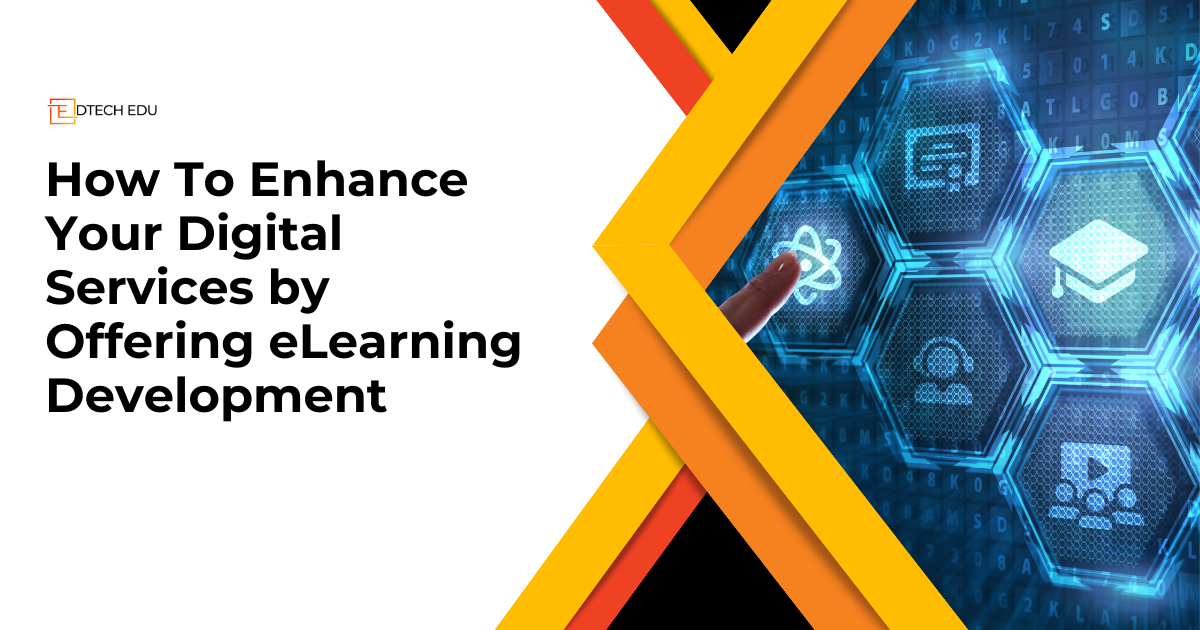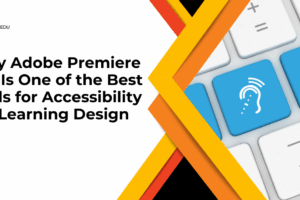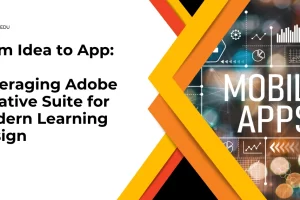
How To Enhance Your Digital Services by Offering eLearning Development
- Posted by Raven Meyers
- Categories eLearning Development
- Date November 6, 2024
eLearning development can be a new territory for many. I started out as an Industrial Design Engineer and then my digital skills along with my endless need to LEARN helped me progress. Life has a plan. If you are an entrepreneur, or a business that offers services, level up and offer eLearning development. If you are not strong in that area you can outsource to companies like mine, or find freelancers on places like UPWORK.
Here’s a step-by-step guide on how to start offering eLearning services within your business, whether you’re an educator, coach, or corporate trainer:
1. Identify Your eLearning Niche and Audience
- Determine who your target audience is and the specific needs you aim to address. Consider your expertise and the unique value you can bring to learners. For example, focus areas could include corporate training, compliance courses, health and wellness education, or technical skills training.
- Research your audience’s preferences, challenges, and learning styles to tailor your content effectively.
2. Define Learning Objectives and Course Outcomes
- Clearly outline what learners should be able to do, understand, or achieve by the end of the course. Establishing clear objectives will guide your course content and keep it focused and impactful.
- Example: “By the end of this course, learners will be able to apply key project management principles to real-life scenarios.”
3. Choose Your eLearning Delivery Method
- Decide on the format that best suits your audience and content:
- Self-paced courses for flexibility
- Live virtual classes or webinars for interactive sessions
- Blended learning (a mix of online and in-person elements)
- Microlearning modules for bite-sized lessons
4. Select the Right eLearning Platform
- Choose a learning management system (LMS) or eLearning platform that aligns with your needs. Key considerations include:
- User-friendliness for both instructors and learners
- Integration with other tools (e.g., CRM, Zoom, analytics)
- Customizability for branding and content structure
- Scalability if you plan to grow your offerings
- Popular platforms include Moodle, Teachable, Thinkific, and Kajabi.
5. Develop Compelling Course Content
- Plan a structured curriculum with engaging modules, lessons, or topics. Use a mix of multimedia (videos, quizzes, case studies, etc.) to make learning interactive and enjoyable.
- Create high-quality visuals and multimedia to enhance understanding and engagement. Collaborate with graphic designers, video editors, or instructional designers if needed.
- Consider accessibility by providing transcripts, subtitles, and downloadable resources for learners with different needs.
6. Implement Interactive and Engaging Learning Activities
- Use interactive elements to keep learners engaged:
- Quizzes and assessments to check understanding
- Discussion boards or live Q&A sessions for peer interaction
- Gamified elements like badges or progress tracking to motivate learners
- These elements make learning more hands-on and help reinforce key concepts.
7. Test Your Course and Gather Feedback
- Run a pilot test with a small group to identify any areas for improvement. Gather feedback on content clarity, engagement, platform usability, and any technical issues.
- Make adjustments based on this feedback to ensure a smooth experience for your full audience.
8. Launch and Market Your eLearning Services
- Create a marketing plan to attract learners, which may include:
- Building a landing page with course details, testimonials, and sign-up options
- Using email marketing, social media, and content marketing to reach your target audience
- Offering discounts, early-bird pricing, or free trials to generate initial interest
- Networking with industry professionals and partners to expand your reach
9. Monitor, Evaluate, and Refine Your Course
- After launch, track key metrics like course completion rates, engagement levels, and learner feedback. Use these insights to improve and update your course content continuously.
- Consider launching advanced or follow-up courses as your audience grows, creating a full curriculum or program to retain learners.
By following these steps, you can establish a well-structured, engaging eLearning offering that meets the needs of your audience and strengthens your business’s impact and reach. Remember, consistency and continuous improvement are key to success in the eLearning space.
Conclusion
By following these steps, you can establish a well-structured, engaging eLearning offering that meets the needs of your audience and strengthens your business’s impact and reach. Remember, consistency and continuous improvement are key to success in the eLearning space.
Raven Meyers is the founder of Meyers Digital Solutions | EDTECH EDU USA LLC® and The Scrub Ninjas® test prep for STEM and medical students. She is an Industrial Design Engineer, and a Sr. Instructional Developer with over 25 years experience in education technology, design, web development and visual storytelling.
EDTECH EDU USA LLC® Is a minority-woman-owned small business located in Eugene, OR USA. She currently lives between the Pacific NW and Thailand with her husband Matteo and two sons. Her motto is "Make your mark meaningful in every area of your life."



